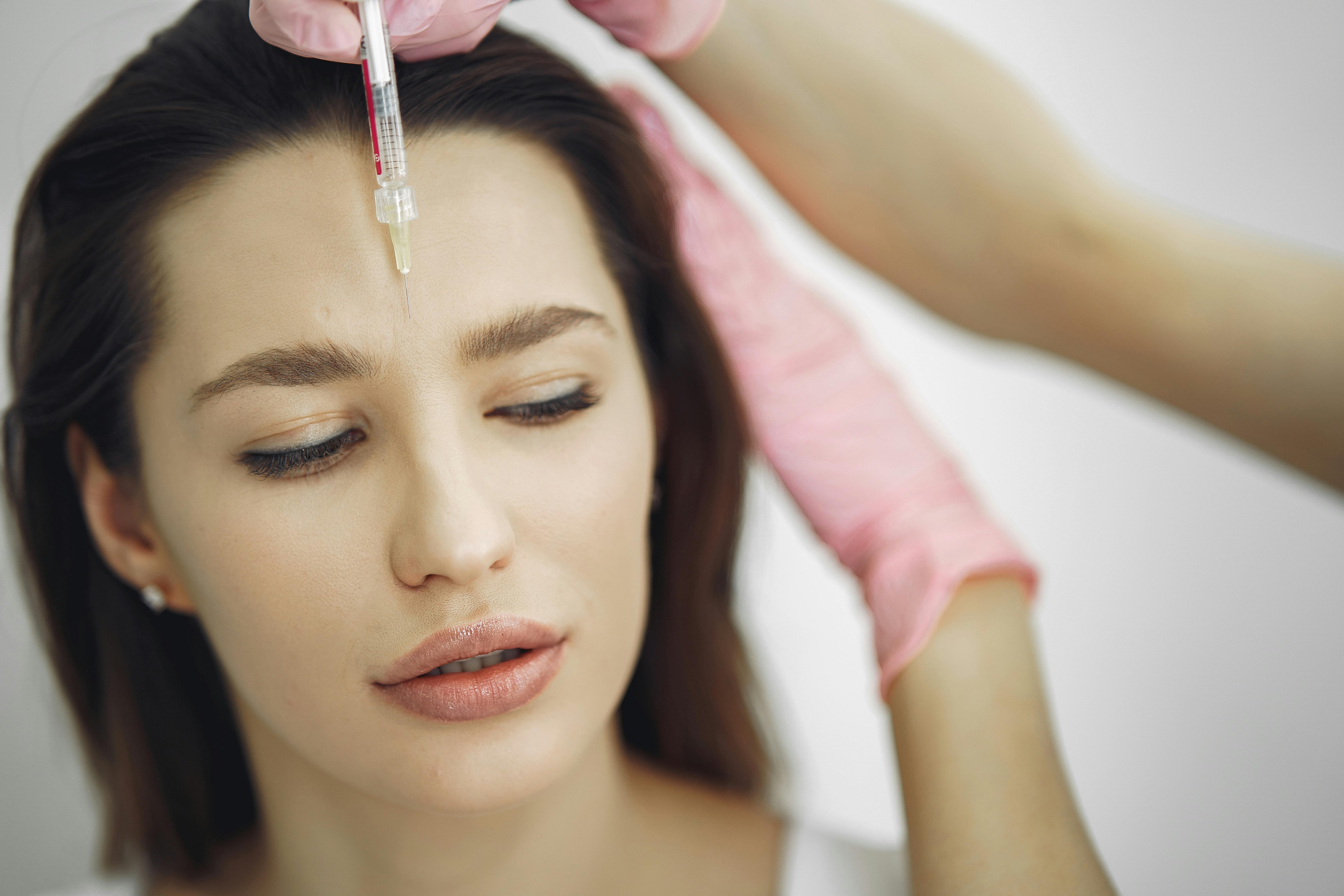The Art and Science of Permanent Makeup
Permanent makeup, also known as cosmetic tattooing or micropigmentation, has become an increasingly popular beauty treatment in recent years. This innovative procedure involves implanting pigments into the dermal layer of the skin to enhance facial features and create long-lasting cosmetic effects. While the concept may seem modern, its roots can be traced back to ancient civilizations. Today, permanent makeup offers a solution for those seeking to simplify their daily routines, address medical conditions, or achieve a consistent, flawless look. As the industry continues to evolve, new techniques, pigments, and applications are emerging, transforming the landscape of beauty enhancement and challenging traditional notions of cosmetic application.

The modern concept of permanent makeup, however, began to take shape in the early 20th century. In the 1930s, tattoo artist George Burchett, known as the “King of Tattooists,” began offering services to enhance lip color and create beauty spots. This marked the beginning of using tattooing techniques specifically for cosmetic purposes.
The field gained more traction in the 1980s and 1990s as techniques improved and the beauty industry began to recognize its potential. Pioneers like Sandi Hammons and Susan Church helped establish standards and training programs, paving the way for permanent makeup to become a recognized profession within the beauty industry.
Techniques and Applications
Permanent makeup encompasses a wide range of techniques and applications, each designed to enhance different facial features. Some of the most common procedures include:
-
Microblading: This technique involves using a handheld tool with tiny needles to create hair-like strokes in the eyebrows, resulting in a natural-looking fill.
-
Lip blushing: A subtle enhancement that adds color and definition to the lips, creating the illusion of fullness and symmetry.
-
Eyeliner and lash enhancement: Involves tattooing a fine line along the lash line to define the eyes and create the appearance of fuller lashes.
-
Scar camouflage: Uses specialized pigments to blend scars with surrounding skin, reducing their visibility.
-
Areola reconstruction: Often used post-mastectomy to recreate the appearance of the nipple and areola.
Each of these techniques requires specific training and expertise. Practitioners must have a thorough understanding of facial anatomy, color theory, and proper sterilization procedures to ensure safe and effective results.
The Science Behind the Art
While permanent makeup is often viewed as an art form, there is a significant scientific component to the practice. The process involves depositing pigments into the dermal layer of the skin, where they remain stable for extended periods. Understanding the skin’s structure and how it interacts with pigments is crucial for achieving desired results and minimizing complications.
Pigment selection is a critical aspect of permanent makeup. Unlike traditional tattoo inks, cosmetic pigments are formulated to be more stable and less likely to change color over time. Factors such as skin undertone, desired outcome, and potential fading must all be considered when choosing pigments.
Advances in technology have also played a significant role in the evolution of permanent makeup. Digital machines now allow for more precise control over needle depth and speed, resulting in more consistent and natural-looking results. Additionally, imaging software can help practitioners create more accurate pre-procedure simulations, allowing clients to visualize the expected outcome.
Medical Applications and Benefits
Beyond purely cosmetic applications, permanent makeup has found a place in medical and reconstructive procedures. For individuals with conditions such as alopecia, which causes hair loss, micropigmentation can be used to create the appearance of eyebrows or eyelashes. Similarly, vitiligo patients can benefit from techniques that help even out skin tone and camouflage depigmented areas.
Breast cancer survivors often turn to permanent makeup for areola reconstruction after mastectomy, helping to restore a sense of normalcy and body confidence. In cases of cleft lip repair, scar camouflage techniques can significantly improve the appearance of surgical scars.
For those with tremors or arthritis, which can make daily makeup application challenging, permanent makeup offers a practical solution. It can also benefit individuals with allergies to traditional cosmetics, providing a way to enhance their appearance without risking allergic reactions.
Regulatory Landscape and Safety Considerations
As permanent makeup has grown in popularity, so too has the need for regulation and standardization within the industry. In many countries, permanent makeup falls into a regulatory gray area between cosmetics and medical procedures. This has led to varying levels of oversight and training requirements across different jurisdictions.
In the United States, for example, regulations vary by state, with some requiring specific licensing for permanent makeup practitioners, while others group it under broader cosmetology or tattooing regulations. The Food and Drug Administration (FDA) regulates the pigments used in permanent makeup as cosmetics but does not approve them for injection into the skin.
Safety is a paramount concern in permanent makeup procedures. Proper sterilization techniques, single-use needles, and adherence to hygienic practices are essential to prevent infections and other complications. Clients should always research practitioners thoroughly, checking credentials and portfolios before undergoing any procedure.
The Future of Permanent Makeup
As technology continues to advance, the field of permanent makeup is likely to see further innovations. Some emerging trends include:
-
Nano-pigmentation: Using extremely fine needles and specialized pigments to create even more natural-looking results.
-
3D techniques: Advancing beyond traditional two-dimensional approaches to create more realistic depth and dimension, particularly in areas like areola reconstruction.
-
Smart pigments: Development of pigments that can change color or fade more predictably, allowing for easier modification or removal.
-
Integration with other cosmetic procedures: Combining permanent makeup with treatments like microblading and facial fillers for more comprehensive facial enhancement.
-
AI-assisted design: Utilizing artificial intelligence to help create more personalized and harmonious designs based on facial features and proportions.
As these advancements continue, the line between permanent makeup and other forms of cosmetic enhancement may begin to blur, potentially reshaping our understanding of beauty and self-expression.
In conclusion, permanent makeup represents a fascinating intersection of art, science, and medicine. From its ancient roots to its modern applications, it continues to evolve, offering new possibilities for enhancing appearance and addressing medical concerns. As the field grows and technology advances, it will be crucial to maintain a balance between innovation and safety, ensuring that permanent makeup remains a valuable tool in the beauty and wellness landscape.



